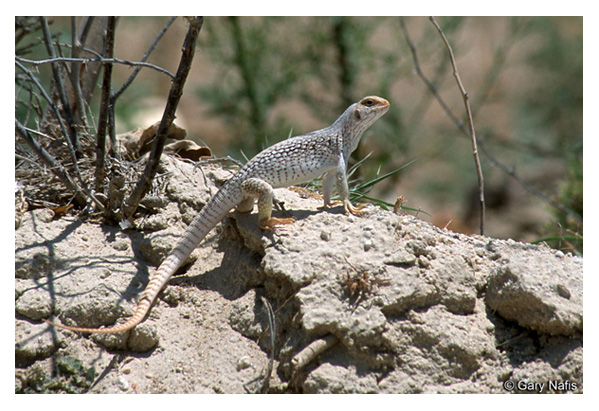Introduction:
The desert iguana, scientifically known as Dipsosaurus dorsalis, is an unusual reptile that thrives in the arid regions of North America. This lizard captures scientists’ and nature enthusiasts’ attention with its remarkable adaptations and intriguing behaviors. In this fascinating world of the desert iguana, explore its appearance, habitat, diet, reproduction, and challenges in its harsh environment.
Appearance:
The desert iguana is a medium-sized lizard, typically measuring 10 to 16 inches long. Its body is covered in rough, grayish-brown scales, which help it blend seamlessly with its surroundings. One of the most distinctive features of the desert iguana is the row of large, spiky scales that run down its back and tail, providing protection and aiding in thermoregulation. These unique scales also contribute to its overall appearance, making it a visually striking creature.
Habitat:
As the name suggests, the desert iguana inhabits arid and semi-arid environments such as deserts, rocky areas, and shrublands. It can be found in regions spanning the southwestern United States, including California, Nevada, Arizona, and parts of Mexico’s Baja California peninsula. These reptiles have evolved to withstand extreme temperatures. They can often be seen basking in the sun to absorb warmth while seeking shelter in burrows or under rocks during the day’s hot hours.
Diet:
The desert iguana is primarily herbivorous, with its diet consisting mainly of fruits, flowers, leaves, and the occasional insect. Despite the scarcity of vegetation in its habitat, this lizard has adapted to efficiently extract moisture from its food, enabling it to survive in arid conditions. By consuming a variety of plants, the desert iguana plays an important ecological role in seed dispersal, contributing to the diversity and regeneration of its habitat.
Reproduction:
Breeding usually occurs during the spring, when temperatures are more favorable for the survival of the hatchlings. Males engage in territorial displays, showcasing their vibrant colors and engaging in push-up contests to establish dominance. Once mating occurs, females lay clutches of eggs in sandy soil, carefully choosing locations that provide suitable conditions for incubation. After an incubation period of approximately 60 to 75 days, the hatchlings emerge, equipped with the instinctual knowledge to navigate their environment.
Challenges and Conservation:
The desert iguana faces several challenges in its harsh habitat. Urban development, habitat fragmentation, and climate change pose significant threats to its survival. These factors, coupled with illegal collection for the pet trade, have led to declining population numbers in certain areas. Conservation efforts, such as protected areas and public awareness campaigns, are crucial in ensuring the long-term survival of this remarkable species.
Conclusion:
The desert iguana, with its unique adaptations and ability to thrive in the arid regions of North America, is a testament to the resilience of nature. As we continue to explore and appreciate the diversity of our planet, it is vital that we work towards preserving and protecting species like the desert iguana. By understanding and respecting these incredible creatures, we can contribute to their conservation and ensure that future generations can also marvel at their fascinating presence in the desert landscapes.

